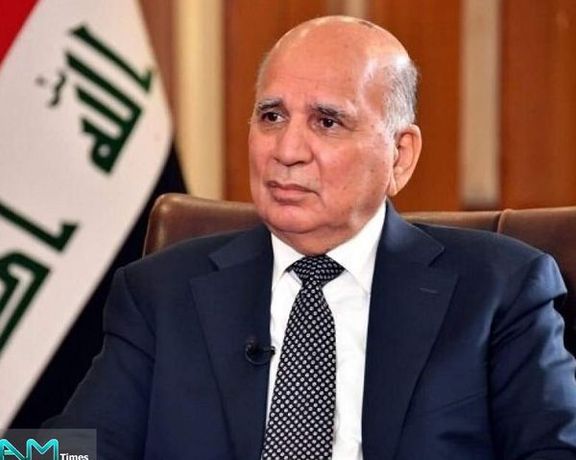Iran’s Currency Rebounding After Talks With IAEA Chief

Iran’s national currency, rial, bounced back Sunday, regaining some of its recently lost ground following a visit by the UN nuclear watchdog, IAEA head Rafael Grossi.

Iran’s national currency, rial, bounced back Sunday, regaining some of its recently lost ground following a visit by the UN nuclear watchdog, IAEA head Rafael Grossi.
Last Sunday the rial had dropped to 600.000 against the US dollar, but exactly a week later it stood at a little over 500,000 on March 4, probably over hopes that the Islamic Republic would opt for closer cooperation with the International Atomic Energy Agency, and what some in Iran hope would lead to a resumption of talks with the United States.
Despite the rebound, the rial is still down 100 percent since President Ebrahim Raisi took office in August 2021, as Iran suffers from both lack of oil export income and a crisis in its domestic economy. Although the rial might rise some more but it is a fundamentally weak currency as long as Iran has not reached a new nuclear agreement with the West and sanctions remain in place.
Kamran Soltanizadeh, the head of the Iranian Exchangers Association, also mentioned another factor Sunday. He said that the Central Bank of Iran's decision on Saturday to allow exchange offices to buy foreign currencies gained from exports of petrochemicals and minerals helped the rise of the rial against the dollar. He predicted that the rial would further rebound in the following days over the decision.
Rials long decline since early 2018 is to a large extent the result of US sanctions the former US President Donald Trump imposed when he withdrew from the 2015 nuclear deal with Iran. At that time the US dollar was at 35,000 rials and steadily began to rise, ultimately reaching 600,000 last week.
Since November, the US has tightened regulations on dollar transfers by Iraqi banks, from where Iran was smuggling some currency helping it to keep the rial relatively stable. This action further weakened the Iranian currency.
Iraq, whose official trade exchange with Iran amounts to approximately $14 billion a year, has struggled to pay Tehran for its imports of natural gas and electricity due to the US sanctions. Apparently, it decided to pay Iran in Iraqi dinars, which is not a fungible currency except in Iraq itself, and Iran began buying US dollars there and repatriating it. This caused a dollar shortage in Iraq since December and the dinar lost some value.
Ali Shariati, a member of the Iran-Iraq Chamber of Commerce and a businessman, said that when the Islamic Republic is unable to receive its money in dollars, it would be a win to be able to receive the funds in dinars. The Central Bank of Iraq is in control of payments in dinar, but according to the recent negotiations the US is sensitive about its dollars, so Iraq may have paid the Islamic Republic in dinars to avoid strict regulatory sensitivities, he added. He said that the Islamic Republic is not in a situation to choose currencies as one of the reasons behind the jump in the dollar rate was the interruption of the inflow of foreign currency from Iraq.

In February, Deputy Prime Minister and Foreign Minister of Iraq, Fuad Hussein accompanied by Central Bank of Iraq Governor Ali al-Allaq met with both the State Department and with Treasury to discuss a host of economic issues, but an urgent issue was how to prevent Iran from using Iraq’s banking ties with the United States to launder US dollars and circumvent Washington’s sanctions.
Iran claims its exports to Iraq are on the rise approaching $10 billion despite pressure by the United States on Baghdad to stop money smuggling from the Arab country to Iran.
Local media also said that what began to help the rial was intervention by the Central Bank of Iran when it injected $700 million in UAE dirhams last Sunday, February 26, into the Tehran’s foreign currency market and the rial began to rise from its all-time low of 600,000 against the US dollar.